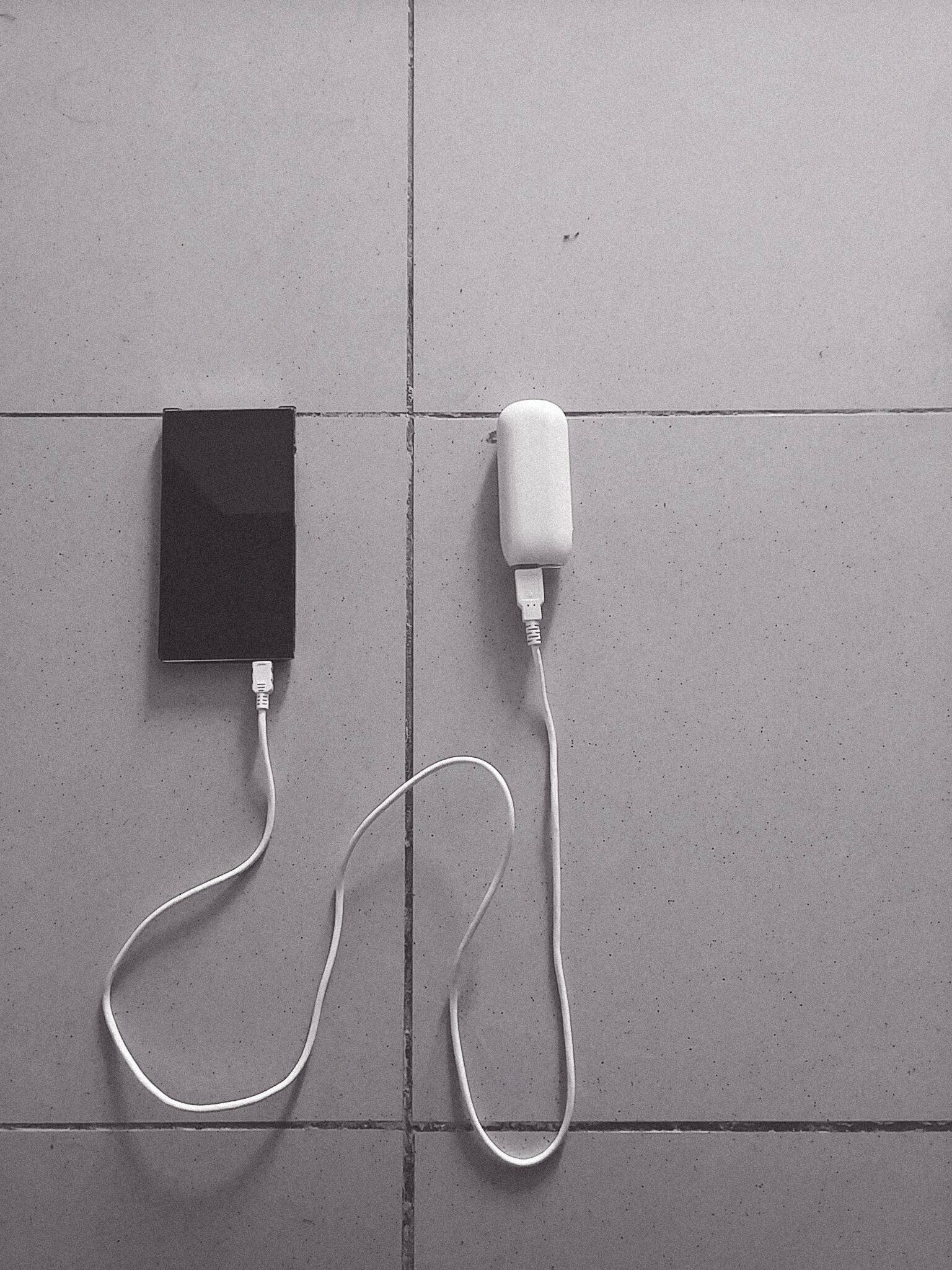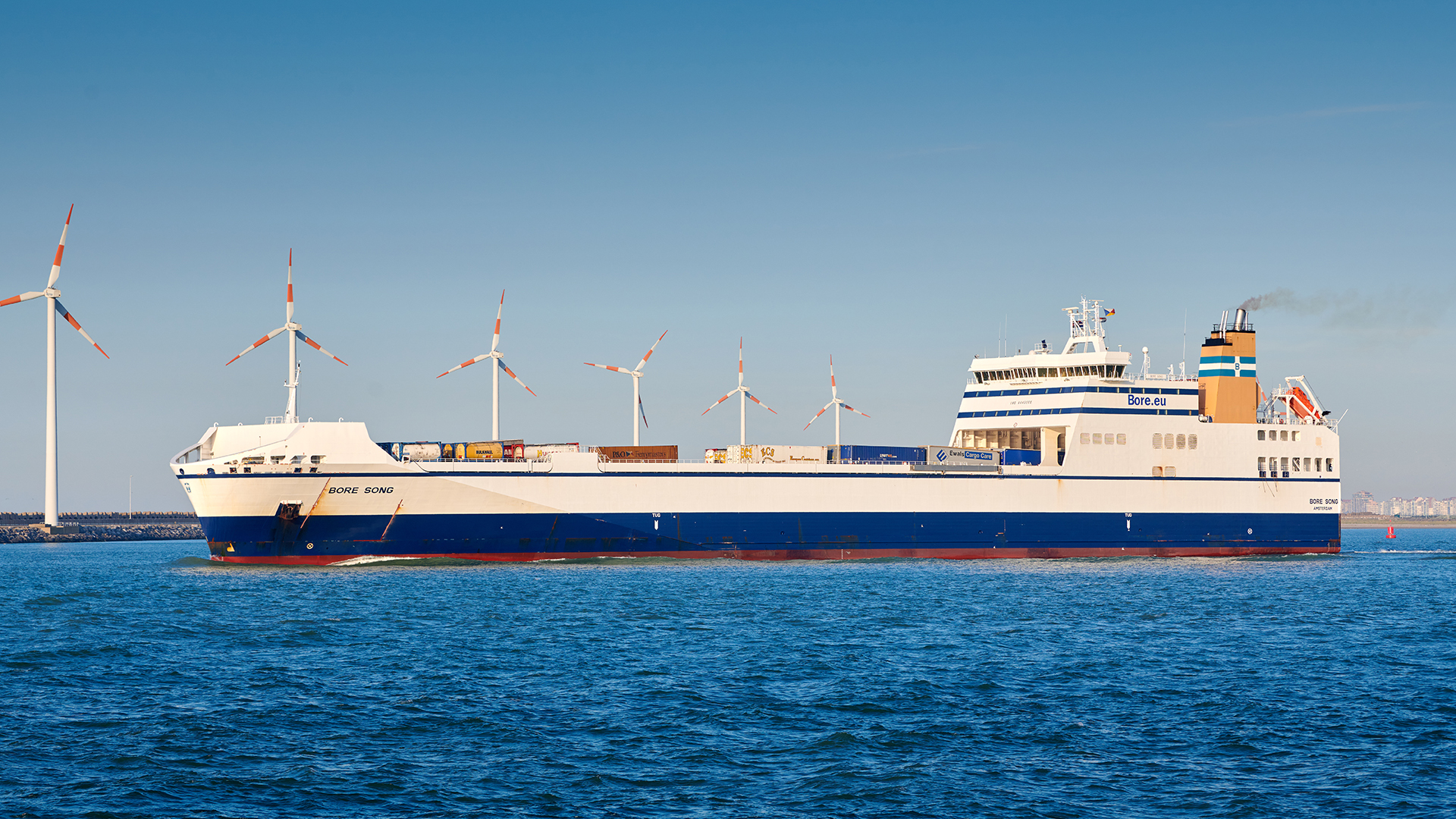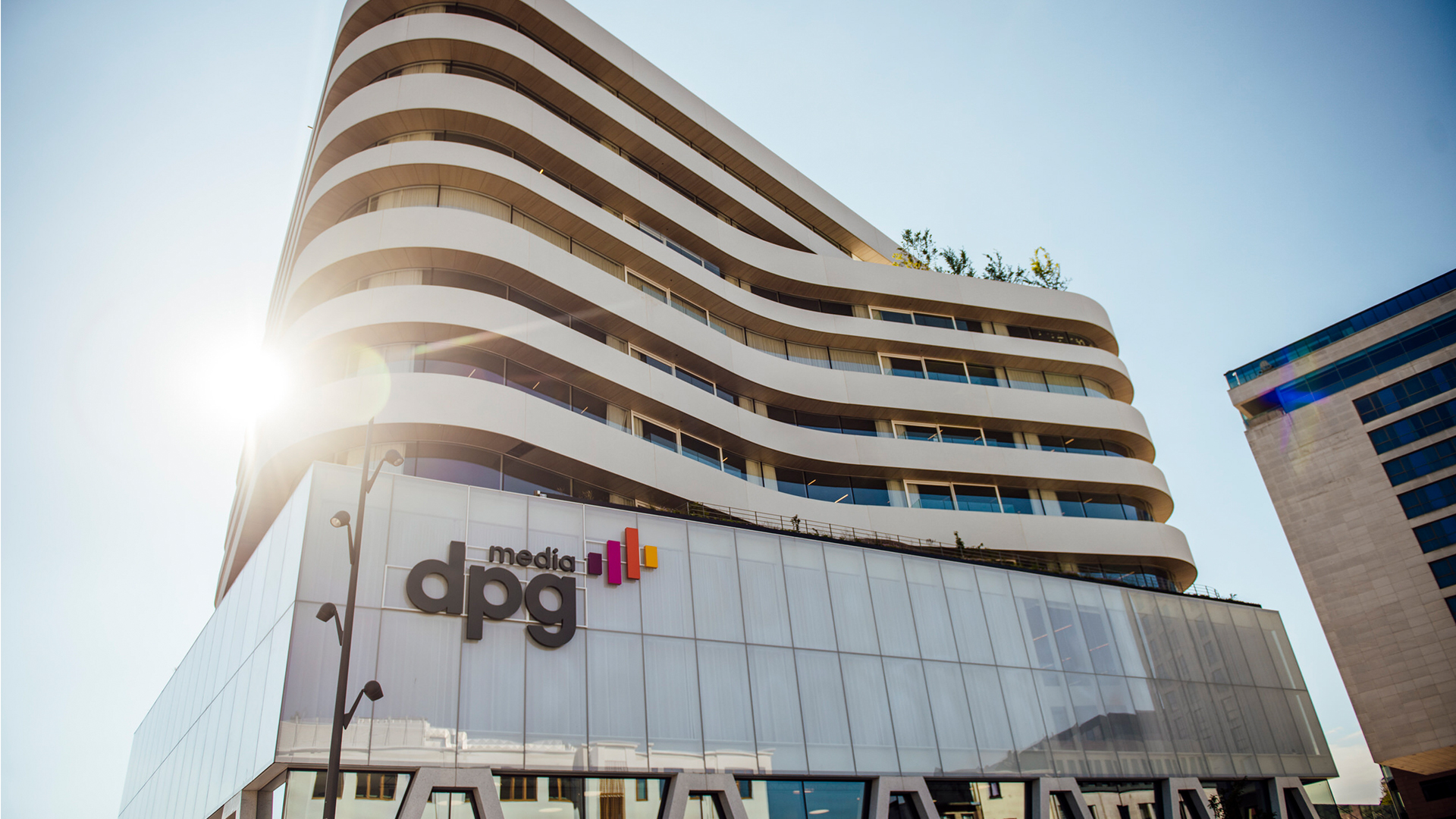If you are in the market for a content management system (CMS), chances are great you have heard the term headless or decoupled floating around. Companies like Sitecore, Kontent.ai and Contentful leverage this form of content management to the maximum and are joined by brands like Drupal, which have been around for a bit longer. But what is it exactly?
In this insight, we will explain to you what it is and why it can bring enormous benefits to you and your business. First up: the concept of headless and why it is a little like your phone charger. You heard that right, your phone charger.








